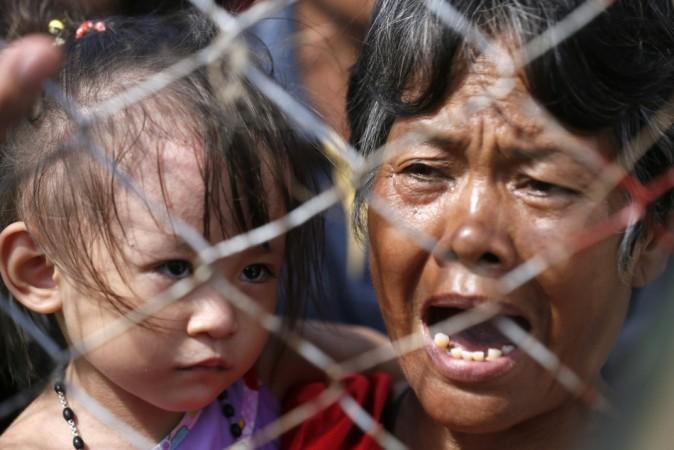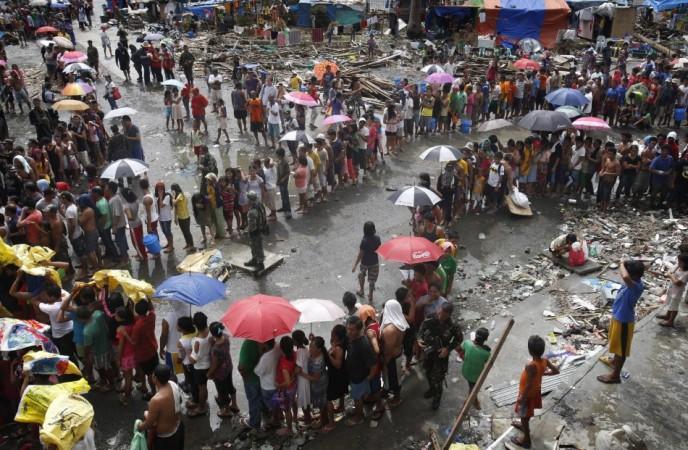Philippine President Benigno Aquino has invited criticism from the public by stating that the death toll of Typhoon Haiyan would be around 2,000 and 2,500 as against 10,000 estimated by local officials.
"Ten thousand, I think, is too much," Aquino told CNN in an interview. "There was emotional drama involved with that particular estimate."
Cabinet Secretary Rene Almendras also said at a news conference that the death toll is "definitely not 10,000", adding that "there has been a body count based on the dead lying in the streets but we can't be accurate because there is still, some people say, there are people buried in certain areas."
The death toll according to the officials as on Wednesday was 2,275, and 84 missing, but aid workers believe that the numbers could be much higher. The Red Cross has put the number of missing people at 22,000, while Google, which has set up websites to help gather information on missing people, has put the numbers at 65,500.
"Probably it will be higher because numbers are just coming in. Many of the areas we cannot access," Gwendolyn Pang, secretary general of the Philippine Red Cross, told Reuters.
Meanwhile, desperation has gripped the Philippines with survivors having a hard time over shortages of food, water, medicine and essential supplies; five days after one of the strongest storms hit central Philippines. Looting of shops and warehouses were rampant in some areas.
According to Reuters, local authorities said that eight people were crushed to death when looters raided rice stockpiles in a government warehouse in Alangalang, causing a wall to collapse. It was also reported that there was gunfire between security forces and armed men near a mass grave in worst-hit Tacloban in Leyte province, but city administrator Tecson John Lim denied the reports.
Orlan Calayag, administrator of the state-run grain agency National Food Authority, told the news agency that 33,000 bags of rice weighing 50 kg (110 lb) each have been carted away by looters. Tacloban city administrator Tecson John Lim said 90 percent of the coastal city of 220,000 people have been destroyed, with only 20 percent of residents receiving aid.
The government distributes 50,000 "food packs" containing 6 kg (13 lb) of rice and canned goods each day, but that covers just three percent of the 1.73 million families affected by the typhoon.
Even as the Philippine government received flak for providing poor relief measures, the nuclear-powered USS George Washington aircraft carrier and four ships have arrived carrying 5,000 crew and more than 80 aircraft. Japan was also planning to send up to 1,000 troops as well as naval vessels and aircraft, in what could be Tokyo's biggest postwar military deployment.
(With Inputs from Reuters)

























